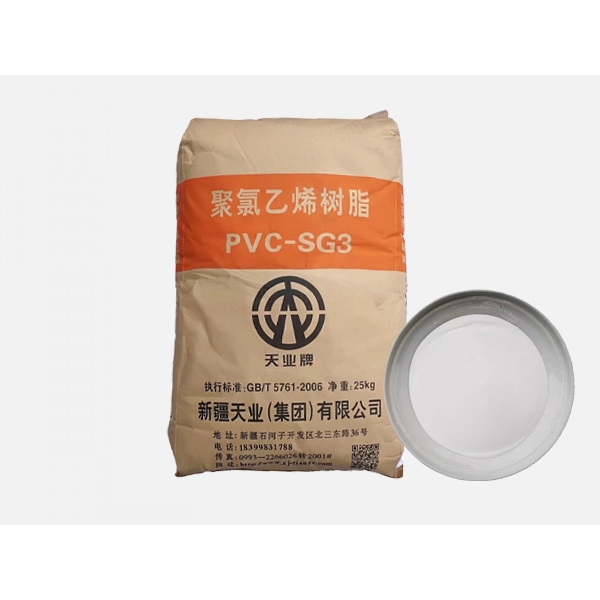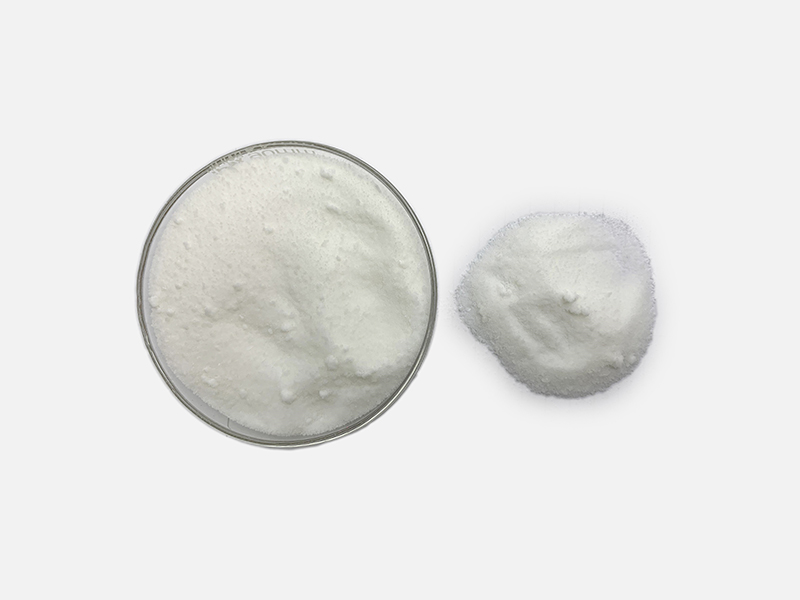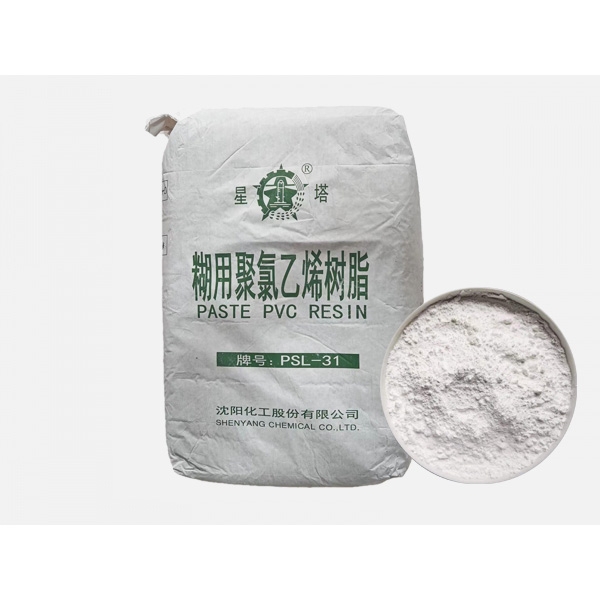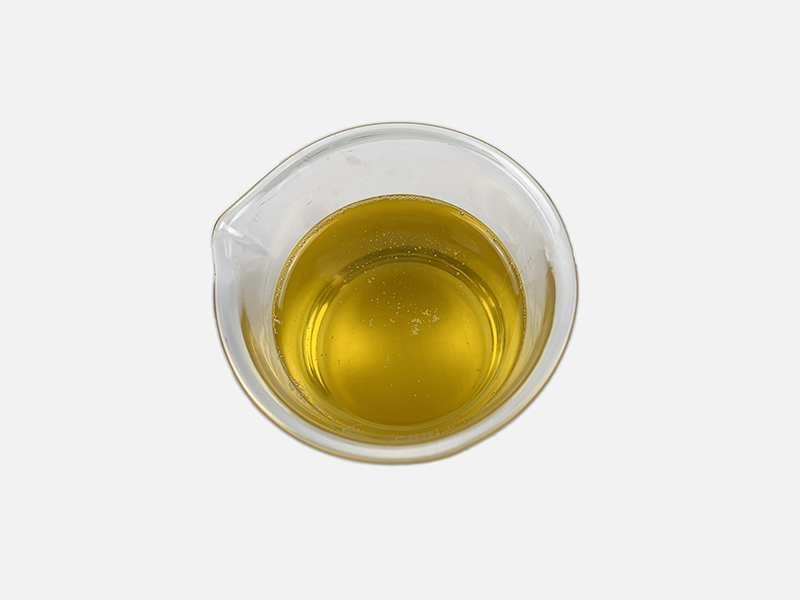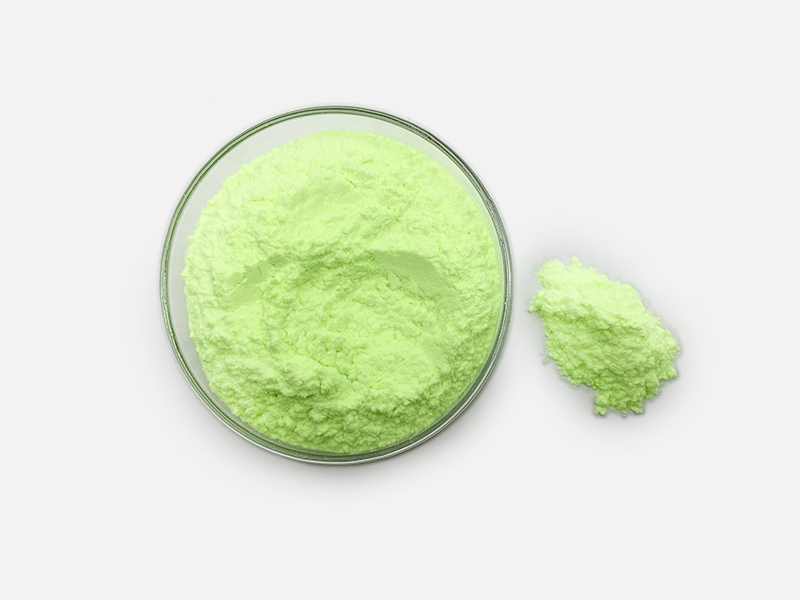How to Select the Ideal Heat Stabilizer for Your PVC Applications – Insights from Jiangsu Pangrui
When it comes to manufacturing high-performance PVC products, heat stabilizers are an essential component. These additives play a critical role in preventing thermal degradation during processing and extending the service life of the final product. But with multiple options available—ranging from traditional lead-based systems to modern, eco-friendly alternatives—how do you choose the right heat stabilizer for your specific application?
At Jiangsu Pangrui New Materials Co., Ltd., we’ve worked with a wide range of PVC manufacturers and understand that choosing the right heat stabilizer depends on a careful balance of performance, compliance, processing requirements, and cost-effectiveness.
Understanding the Role of Heat Stabilizers
PVC (polyvinyl chloride) is a versatile thermoplastic, but it’s thermally unstable at high processing temperatures. Without stabilizers, PVC degrades quickly, resulting in discoloration, loss of mechanical strength, and release of harmful HCl gas.
☆ Heat stabilizers counteract this degradation by:
☆ Absorbing or neutralizing released hydrogen chloride (HCl)
☆ Protecting the polymer backbone from chain scission
☆ Improving processing window and thermal endurance

Common Types of Heat Stabilizers
Here’s an overview of the main categories of stabilizers offered by Jiangsu Pangrui:
1. Calcium-Zinc (Ca-Zn) Stabilizers
☆ Eco-friendly alternative to traditional systems
☆ Excellent thermal stability and weather resistance
☆ Compliant with RoHS, REACH, and food-contact regulations
☆ Suitable for rigid PVC, transparent films, pipes, and profiles
2. Organic-based Stabilizers
☆ New-generation, heavy-metal-free stabilizers
☆ Ideal for transparent and medical-grade applications
☆ Provide high clarity, low volatility, and color retention
3. Tin-Based Stabilizers
☆ High thermal efficiency and clarity
☆ Widely used in PVC processing for clear applications such as bottles, sheets, and films
☆ Not always suitable for food-contact or eco-sensitive uses
4. Lead-Based Stabilizers (Traditional)
☆ Strong performance in rigid PVC and electrical conduit applications
☆ Cost-effective but increasingly restricted due to toxicity concerns
☆ Being phased out in favor of environmentally safer options
Key Factors to Consider When Choosing a Stabilizer
✅ 1. Application Type
Pipes, profiles, and fittings: Ca-Zn or lead-based stabilizers are commonly used depending on regulatory requirements.
Clear films and bottles: Tin-based or organic stabilizers offer better clarity and color retention.
Flexible PVC: Stabilizer must be compatible with plasticizers and offer migration resistance.
✅ 2. Processing Temperature
High-speed or high-temperature extrusion and injection molding require stabilizers with strong thermal endurance and low volatility.
✅ 3. Environmental and Regulatory Compliance
If exporting to regions like the EU or North America, RoHS and REACH compliance is critical.
Jiangsu Pangrui’s Ca-Zn and organic stabilizers are ideal for applications requiring non-toxic, heavy-metal-free performance.
✅ 4. UV and Weather Resistance
Outdoor PVC products need stabilizers with enhanced UV resistance.
Our formulations can be combined with UV absorbers and antioxidants for maximum durability.
✅ 5. Cost vs. Performance
While tin and organic stabilizers may be higher in cost, they offer improved product quality and regulatory advantages.
For price-sensitive applications, Ca-Zn stabilizers strike a balance between performance and value.
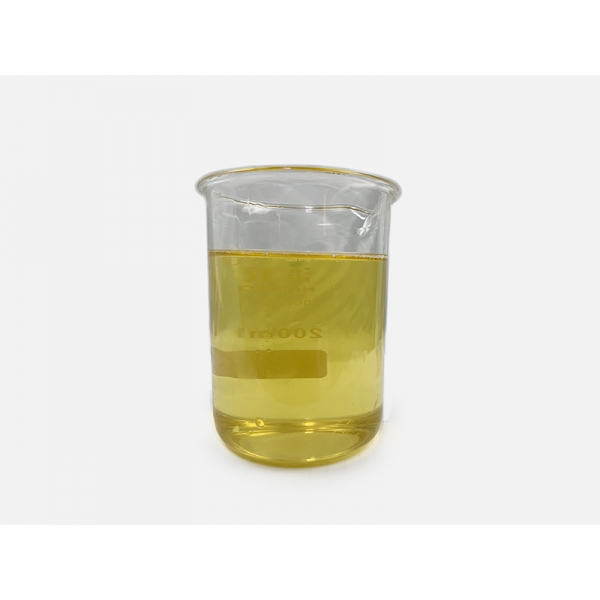
Pangrui’s Custom Stabilizer Solutions
At Jiangsu Pangrui, we don't just offer off-the-shelf products. We provide custom heat stabilizer formulations tailored to your:
☆ Processing method
☆ Product application
☆ Color and transparency requirements
☆ Environmental and regulatory needs
Our technical support team can assist with dosage optimization, processing trials, and long-term stability testing to ensure you achieve the best possible results.
Sustainability and Compliance at the Core
Pangrui is fully committed to developing eco-friendly stabilizer systems that reduce environmental impact while meeting international safety standards. Our R&D team continues to expand our portfolio of heavy-metal-free, low-toxicity, and high-efficiency stabilizers for the future of sustainable PVC production.

